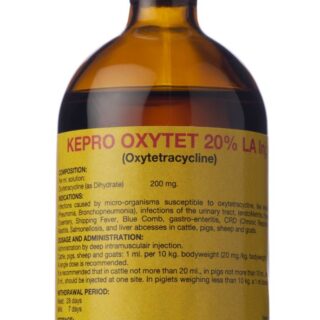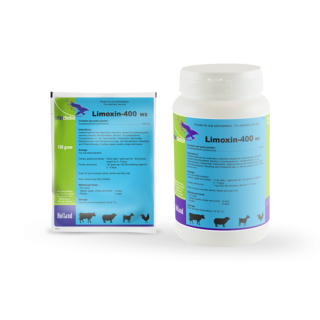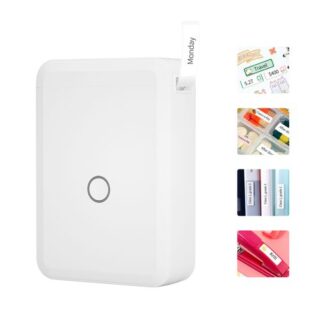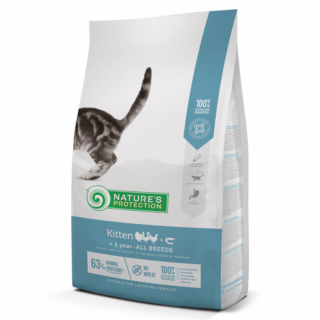Learn how to – Install Vagrant and VirtualBox on Fedora 37/36/35/34/33.
Let’s look at how you can Install Vagrant and VirtualBox on Fedora 37/36/35/34/33/32 Linux system. Vagrant is an open source tool for building and managing virtual machine environments in an easy-to-use single workflow. VirtualBox on the other side is a powerful x86 and AMD64/Intel64 virtualization product for enterprise as well as home use.
Vagrant focuses on automation, lowering development environment setup time and increasing production parity. This guide will cover installation of Vagrant and VirtualBox on Fedora.
For KVM users, check: How to Use Vagrant with Libvirt on Linux
Install VirtualBox & Vagrant on Fedora 37/36/35/34/33/32
Vagrant depends on existing hypervisor to run and deploy Virtual Machines, this can be VirtualBox, KVM, or VMware. This guide covers the installation of VirtualBox before Vagrant on Fedora.
Step 1: Check CPU Intel VT or AMD-V extensions
The first step is to confirm that your CPU has either Intel VT or AMD-V Virtualization extensions. In some systems, this is disabled on BIOS and you may need to enable it.
$ cat /proc/cpuinfo | egrep "vmx|svm"Step 2: Add VirtualBox RPM repository
Add VirtualBox RPM repository to your Fedora using the following commands:
sudo dnf -y install wget
wget http://download.virtualbox.org/virtualbox/rpm/fedora/virtualbox.repo
sudo mv virtualbox.repo /etc/yum.repos.d/virtualbox.repo
After adding the repository, install VirtualBox
sudo dnf install -y gcc binutils make glibc-devel patch libgomp glibc-headers kernel-headers kernel-devel-`uname -r` dkms
sudo dnf install VirtualBox-7.0Add your user account to the vboxusersgroup.
sudo usermod -a -G vboxusers ${USER}Configure VirtualBox Drivers
$ sudo /usr/lib/virtualbox/vboxdrv.sh setup
vboxdrv.sh: Stopping VirtualBox services.
vboxdrv.sh: Starting VirtualBox services.
vboxdrv.sh: Building VirtualBox kernel modules.Download Extension Pack:
cd ~/
VER=$(curl -s https://download.virtualbox.org/virtualbox/LATEST.TXT)
wget https://download.virtualbox.org/virtualbox/$VER/Oracle_VM_VirtualBox_Extension_Pack-$VER.vbox-extpack
You can also download it manually https://www.virtualbox.org/wiki/Downloads. Once the file is downloaded, install the extension pack by clicking on the Downloaded file.

Step 3: Install Vagrant on Fedora
Vagrant is available on Fedora repositories, install it by running the following command on your terminal:
sudo sudo dnf -y install vagrant
Step 4: Test Vagrant and Virtualbox Setup Fedora
The best way to perform a test is by installing a VM on the new VirtualBox. Follow any of our guides below to get started.
- Install Fedora on Physical Server / VirtualBox & Vagrant
- Run Kali Linux rolling release with Vagrant on VirtualBox




































Leave a Reply
You must be logged in to post a comment.